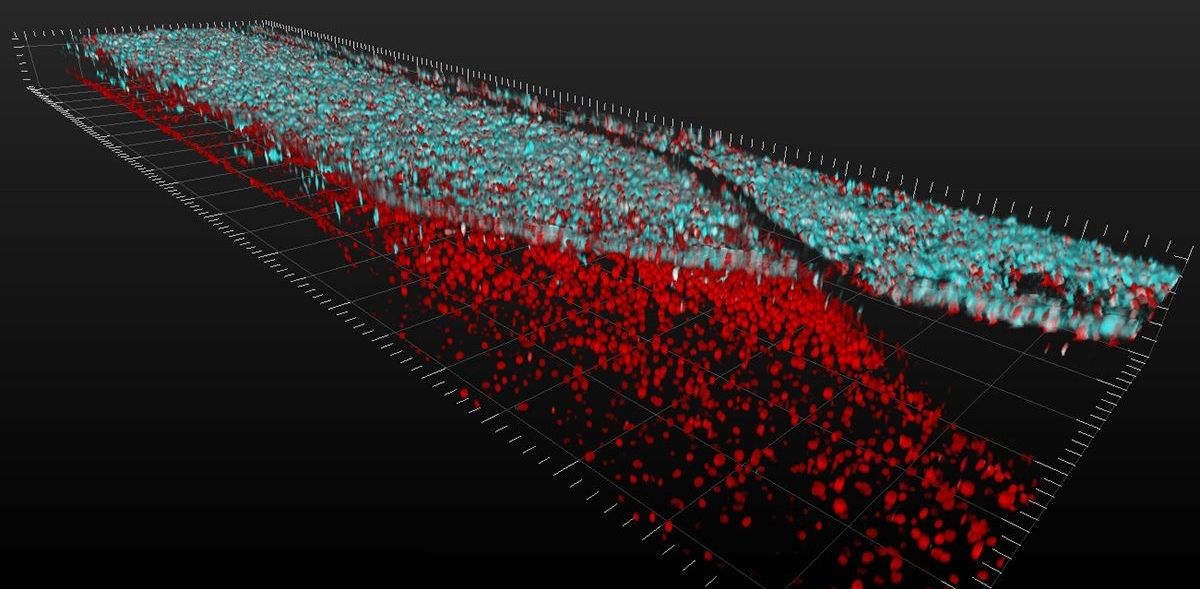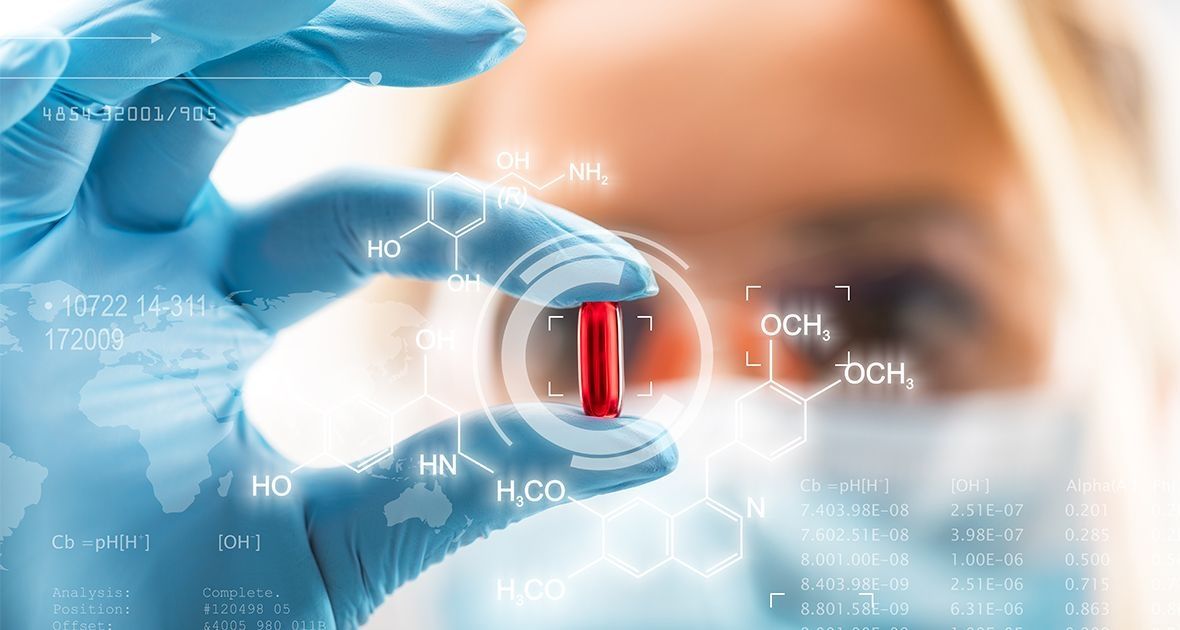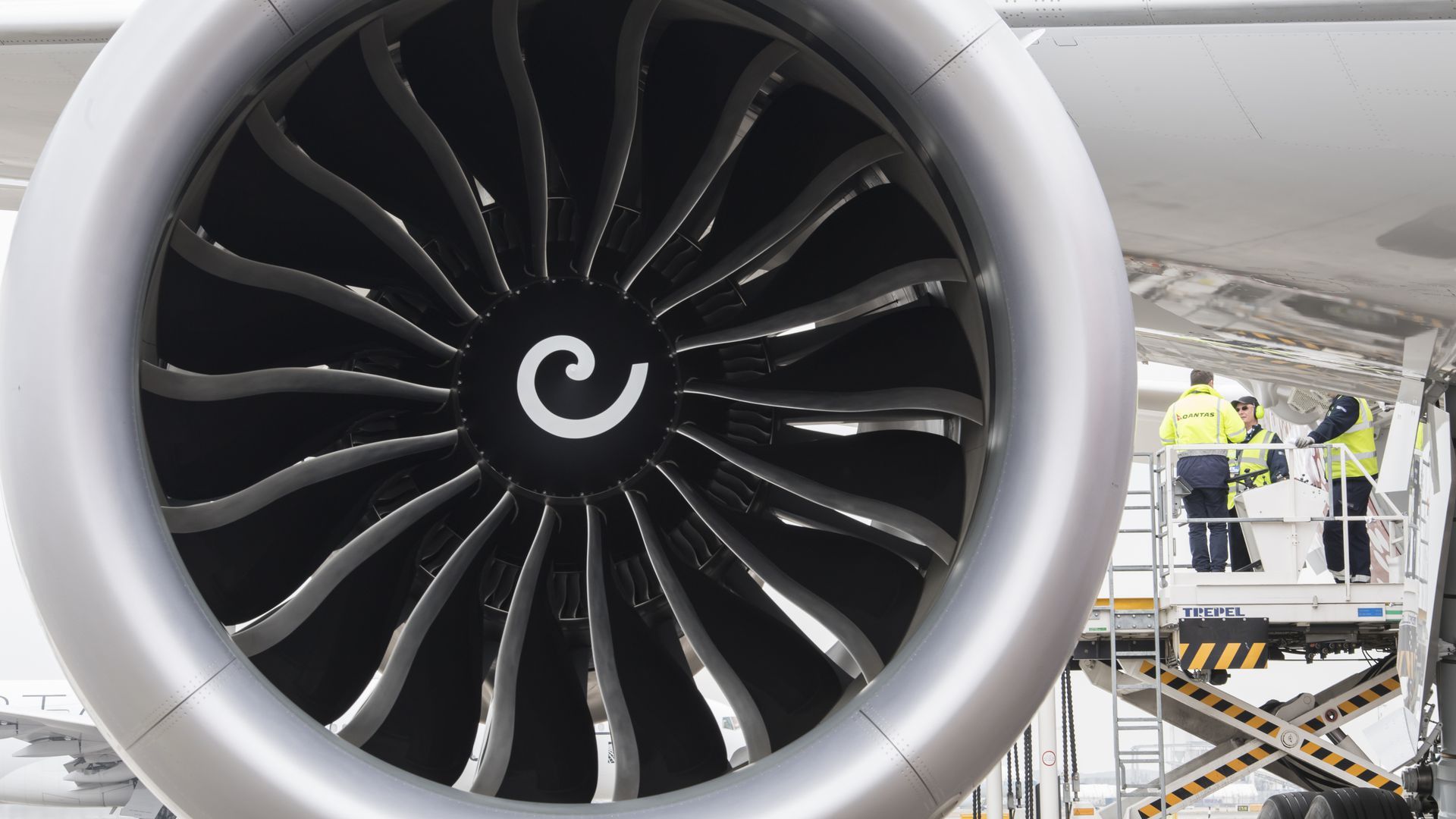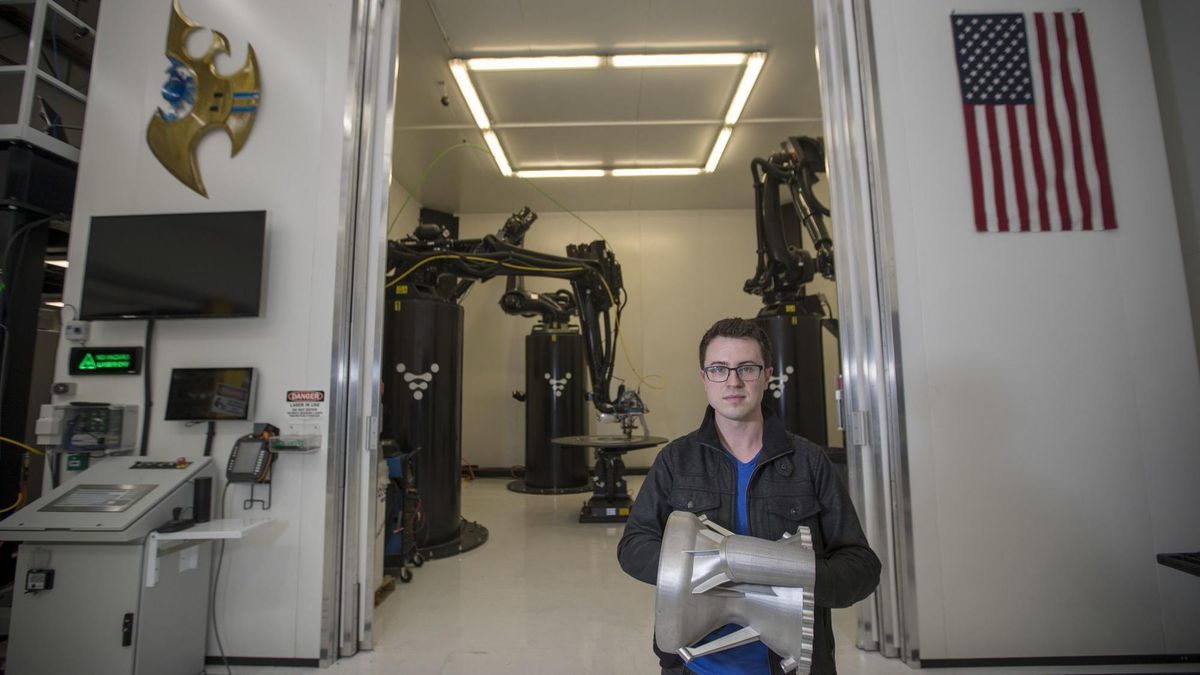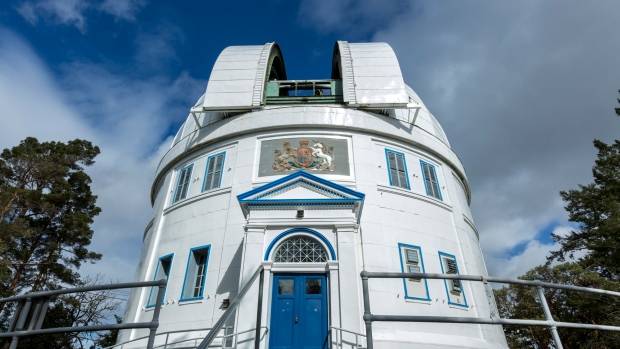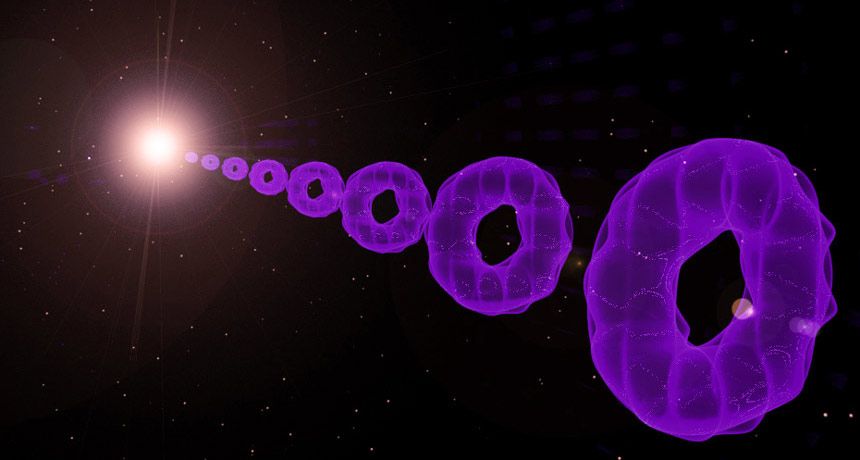From tunneling through impenetrable barriers to being in two places at the same time, the quantum world of atoms and particles is famously bizarre. Yet the strange properties of quantum mechanics are not mathematical quirks—they are real effects that have been seen in laboratories over and over.
One of the most iconic features of quantum mechanics is “entanglement”—describing particles that are mysteriously linked regardless of how far away from each other they are. Now three independent European research groups have managed to entangle not just a pair of particles, but separated clouds of thousands of atoms. They’ve also found a way to harness their technological potential.
When particles are entangled they share properties in a way that makes them dependent on each other, even when they are separated by large distances. Einstein famously called entanglement “spooky action at a distance,” as altering one particle in an entangled pair affects its twin instantaneously—no matter how far away it is.


